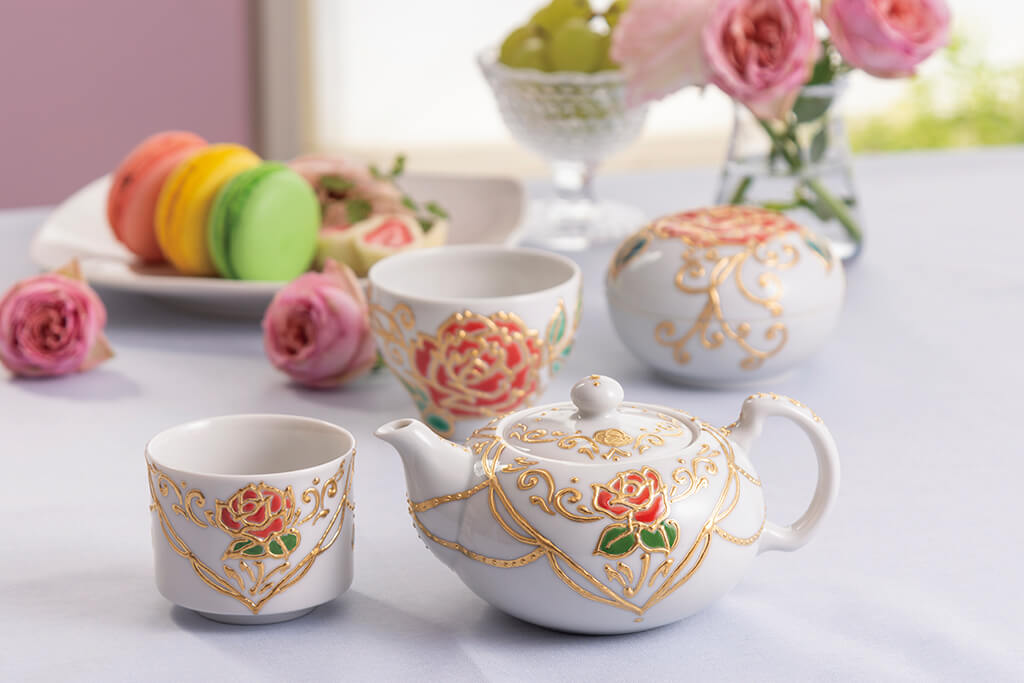First, boil water. Use a kettle or electric kettle to bring the water to a boil. Pour the boiled water into the yuzamashi. At this point, the temperature of the water will drop rapidly. Allow the water poured into the yuzamashi to cool to the appropriate temperature. The temperature of the water will naturally drop if left for a few minutes. Check with a thermometer if necessary.
Pour the water cooled to the appropriate temperature in the yuzamashi into the teapot. Put the tea leaves in the teapot and pour in cooled hot water to steam them at the optimal temperature. Pour the appropriate temperature of hot water into the teapot and let it steam for the appropriate amount of time. Then pour the tea into the teacups.
A yuzamashi is an essential tool for brewing delicious Japanese tea. It is very important to use a yuzamashi to bring out the flavor and aroma of the tea leaves with hot water at the right temperature and enjoy the best tea. Make good use of the yuzamashi to gain a deeper understanding of Japanese tea culture and have a rich tea time.























